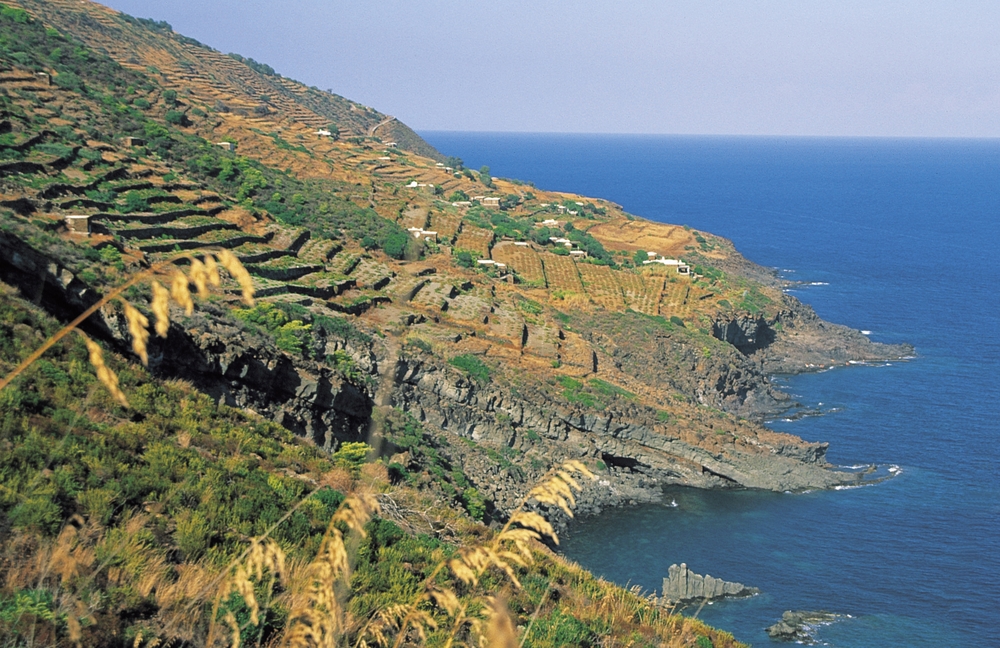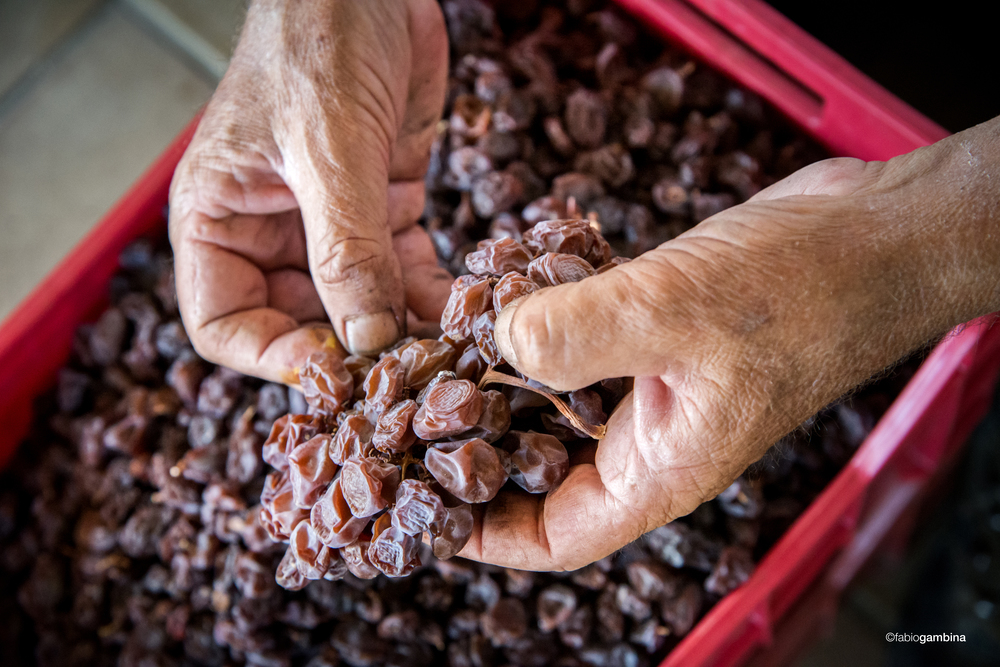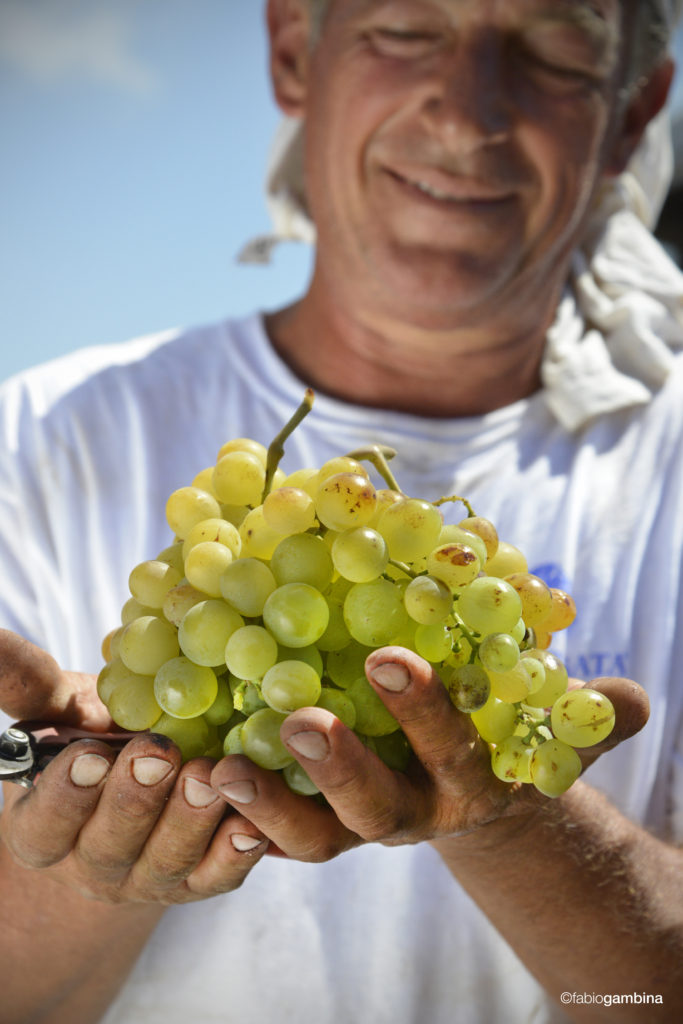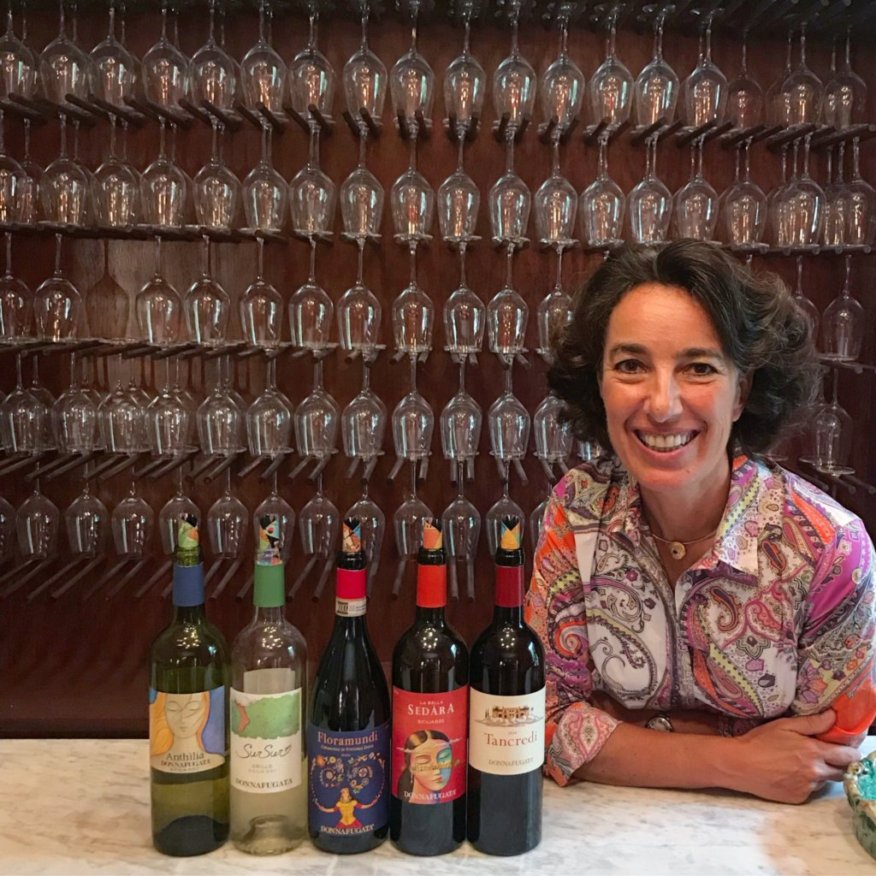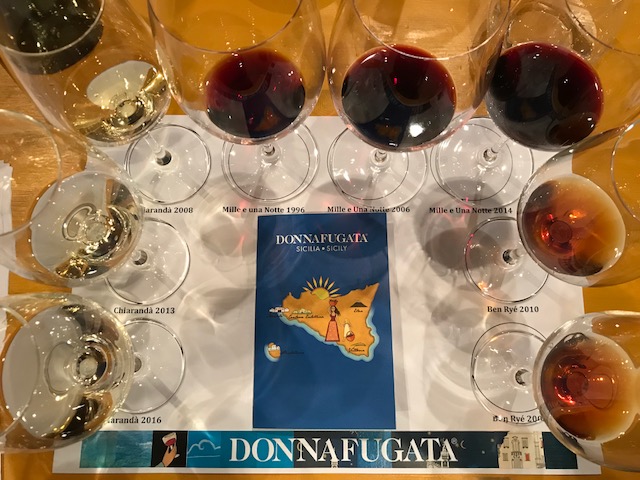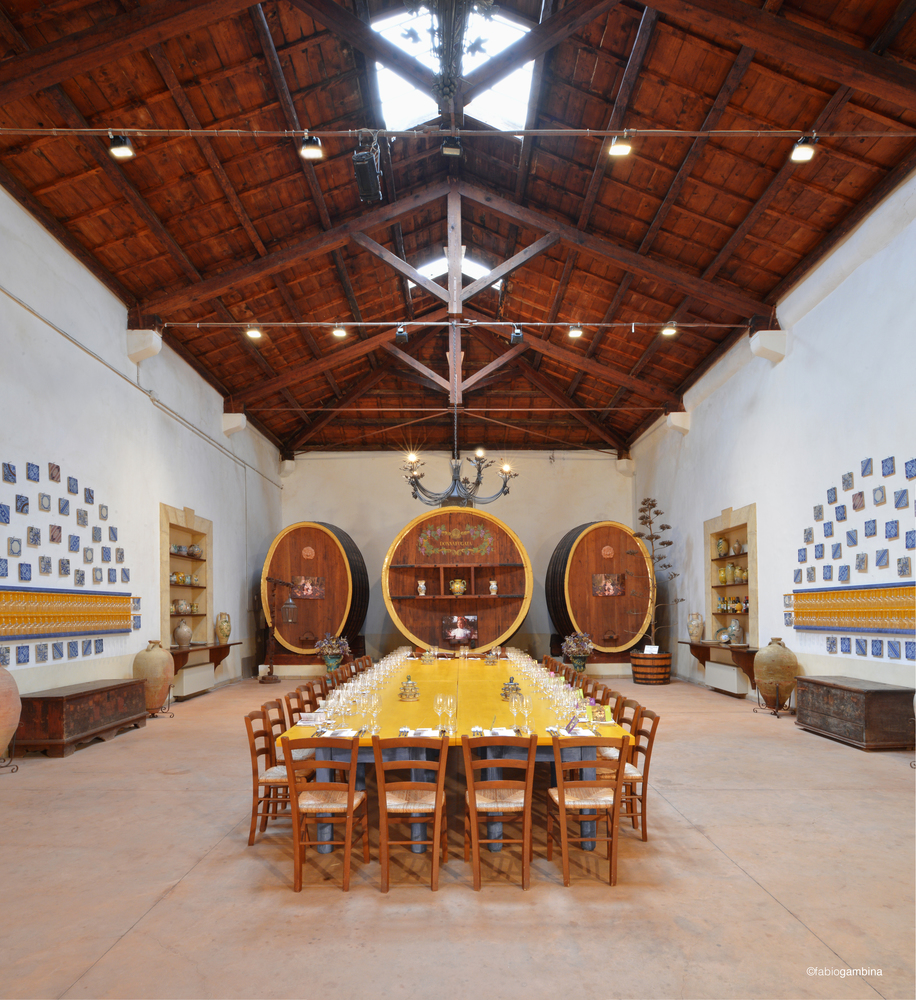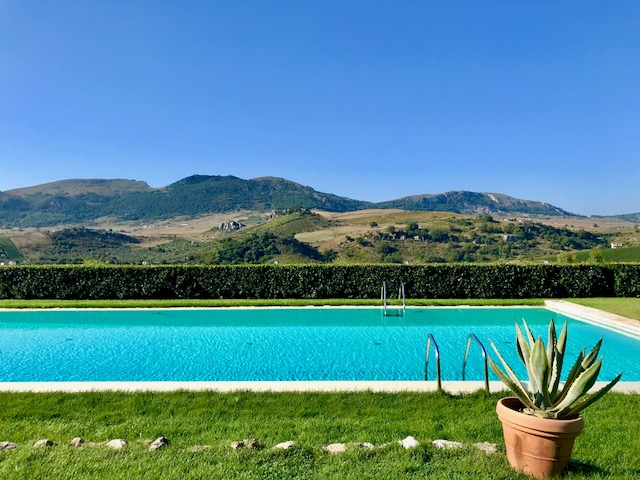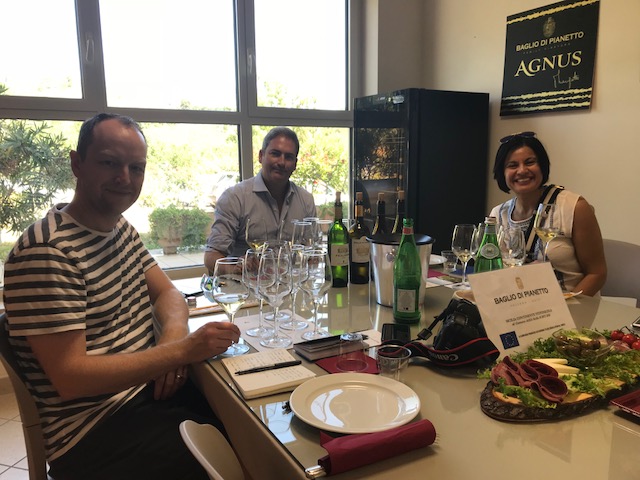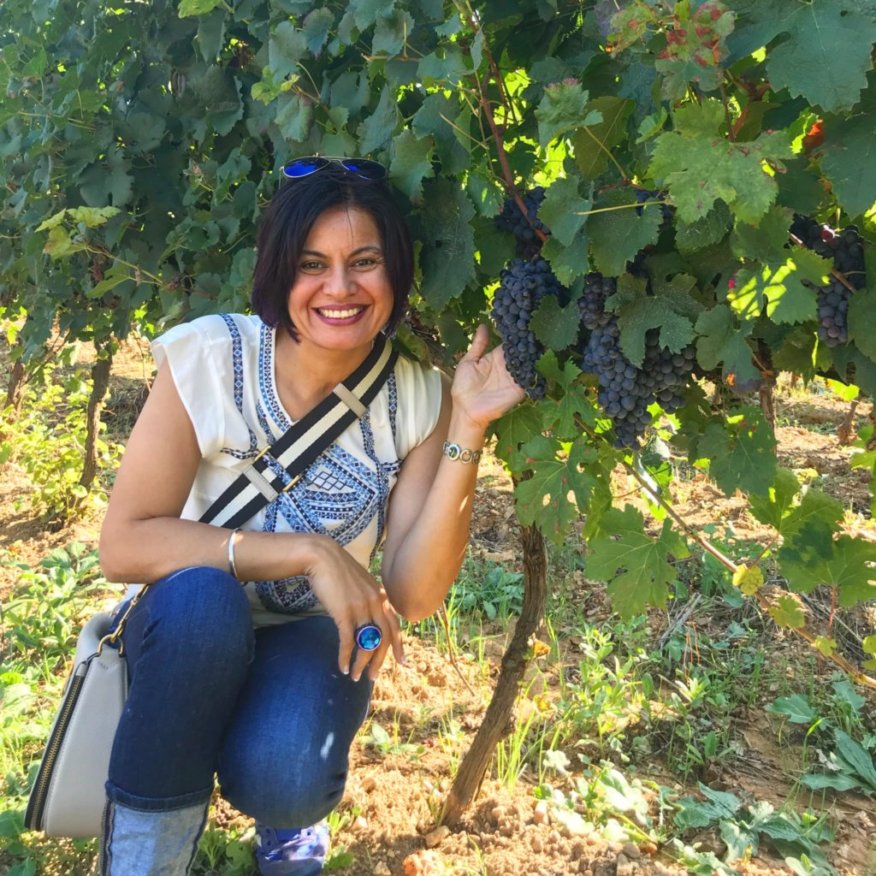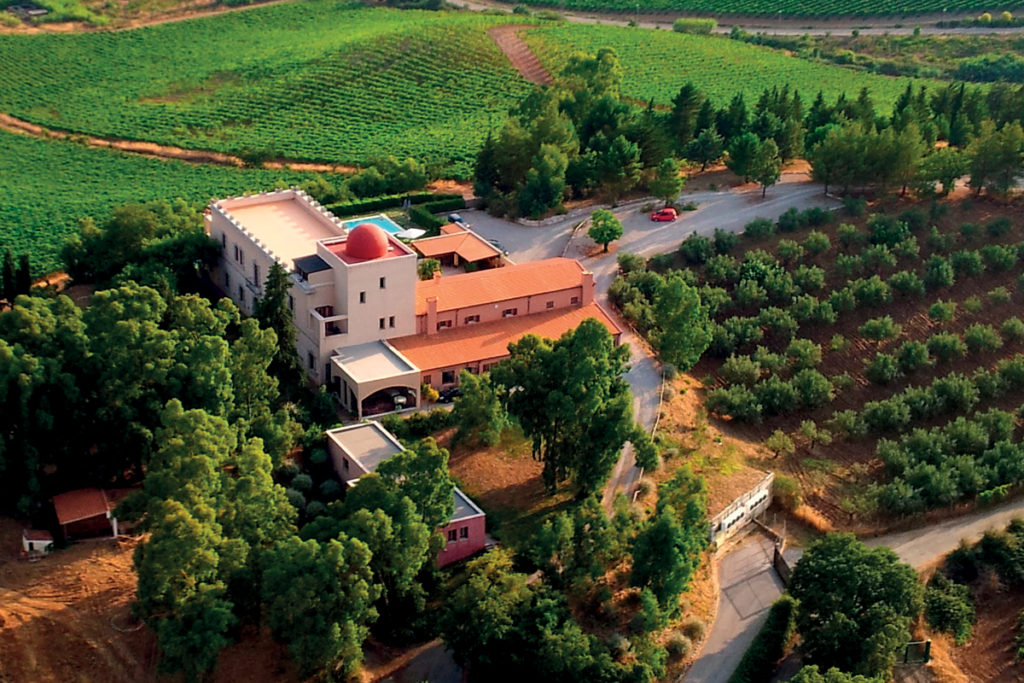There are times I wished God would grant me one day where I possessed the prowess of William Shakespeare, Winston Churchill, Rudy Kipling, Lord Bryon, and Maya Angleou combined. And today happens to be one of those days. For now I guess the world has to be content with musings of Sicily from mortal me.
As crossroads to ancient civilizations, deeply influenced by numerous cultures, (Phoenicians, Greeks, Romans, Arabs, to the Catalans), Sicily could very well be it’s own continent. A treasure trove of indigenous grapes, olive trees, and citrus orchards, the largest region of Italy, still ranks fourth for overall wine production.
Even though historically, Sicily was renowned for sweet wines (14th century onwards). And for the past 200 years for one of Italy’s most famous wines – fortified wines of Marsala. Today, thanks to the pioneering efforts of passionate producers and investment in scientific technology, modern viticulture & vinification practices, Sicily has shifted it’s focus to producing dry, varietally expressive, wines, both red and white from international super stars and local unsung heroes, earning Sicily the title of the hottest and upcoming wine region of Italy.
Sip on this: Wines from Marsala region before John Woodhouse immortalized fortified Marsala, were high in alcohol but NOT fortified, made with indigenous grapes Catarrato and Inzolia.
What makes Sicily well-suited to fine wine production? Sicily is blessed with high elevation that allows for long, slow ripening, myraid of meso-climates (Mediterranean on the coast and continental inland at Mount Etna), proximity to cool ocean breezes, and diverse soils – volcanic, clay, silex to name a few. Dubbed “Isola del Sole” aka island of the sun. it boasts the highest number of sunlight in Europe – 2,500 hr compared to France’s 1,800. Add low rainfall to the mix, it’s the quintessential source for healthy grapes, with little or non-existent fungal diseases, that prompt organic farming. and allows Sicily to produce thrilling dry and sweet white wines as well ravishing reds.
Allow me to introduce the splendid stars of Sicily aka main Native Grapes.
Whites: Ansonica, Cataratto, Grillo, Grecanico, Carricante, Malvasia di Lipari, Moscato Bianco, Zibbibo.
Reds: Frappato, Nerello Cappuccio, Nerello Mascalese, Nero d’ Avola, Perricone. (Our tasting notes are focused on the wineries we visited listed below and not the entire gamut of Sicily’s native grapes).
Sip on this: Despite it’s Mediterranean climate (found only in 2% of the world), hot dry summers, short and wet winters, Sicily swaggers more white grapes than reds (64% white, 36% red).
Ansonica: (as listed in the Italian national registry), also known as Insolia or Inzolio in Sicily, is derived from the French word sorie, as its grapes turn golden when very ripe. An early ripening grape that is comfortably at home in the hot, arid conditions in Sicily, was traditionally appreciated as a table grape and blending partner in the infamous fortified wines of Marsala. Thanks in part to modern viticulture and vinification practices, Baglio di Pinaetto and other leading estates are producing crisp, medium weight whites with hints of lemon, sweet stone fruit and the right amount of bite (naturally high in tannin).
Cataratto: is the island’s work horse grape that played a key role not only in quaffable wines, base for fortified Marsala, and Europe’s wine lake, but also in Sicily’s grape evolution. It is the parent of Sicily’s noble white Grillo, and it shares parent-offspring relationship with Garganega (principle grape of Soave from Veneto), and grand-parent/sibling of 8 other grape varieties including Malvasia di Candia and Trebbiano Toscano. Both bio-types Commune and Lucido are classically bottled with Insolia and Chardonnay in the blends of various DOCs.
Grillo: Sicily’s noble white grape and the unsung hero in our humble opinion, derives it’s name from Grilli, number of pips in the grape. Grillo is the love child of the generous Catarrato and fragrant Zibbibo, that relishes heat and water stress. Prone to oxidation, modern viticulture techniques and reductive wine making (absence of oxygen) ensures that the aromatic components such as terpenes (roses) and thiols (grapefruit when under ripe, passion fruit when very ripe) remain intact. The best versions exude delicate nuances that evolve with time from light weight apertif styles exhibiting zesty lemon and grapefruit to full body, rich styles singing with spice, ginger, and honey when blessed with botrytis cinerea aka noble rot, the hallmark of the finest dessert wines in the world like Sauternes, Tokaj, BA/TBA Rieslings.
Zibbibo: A north African transplant, known in the rest of the world as Muscat of Alexandria from the largest and hauntingly aromatic grape family Muscat. DNA profiling confirms it is identical to the Moscatos of Jerez, Spain, Portugal, and Greece. It’s strength to stand tall against the ferocious and hot Sirrocco wind justifies why it’s mostly seen hugging the coastline.
Despite the fact that most of the Muscat of Alexandaria grown today in the rest of the world is intended for raisins and even pisco production, in Sicily it is favored for producing sparkling spritzers to ambrosia of the gods – Ben Rye passito style wine by Donnafugata at their estate in the savage island of Pantalleria – also a UNESCO heritage site that merits an separate story in itself.
Nero d’Avola: Pronounced nay-ro ‘ deh ‘ ah-voh-lah at over thirteen thousand hectares is Sicily’s most celebrated red grape that boasts as many as 100 bio-types thanks to the island’s unique topography, which translates into a diverse range of flavors and textures in your glass from easy going, bright every day wines to stunning serious renditions such as Donnafugata’s Mille una Notte. Think deep hues, bright red cherries, wild herbs, sweet spices such as licorice & black pepper, medium body balancing both ripeness and freshness, intertwined with very fine tannins and savory nuances. It’s uncanny ability to retain acid even in blistering conditions, beckons food on the table to unravel it’s full potential.
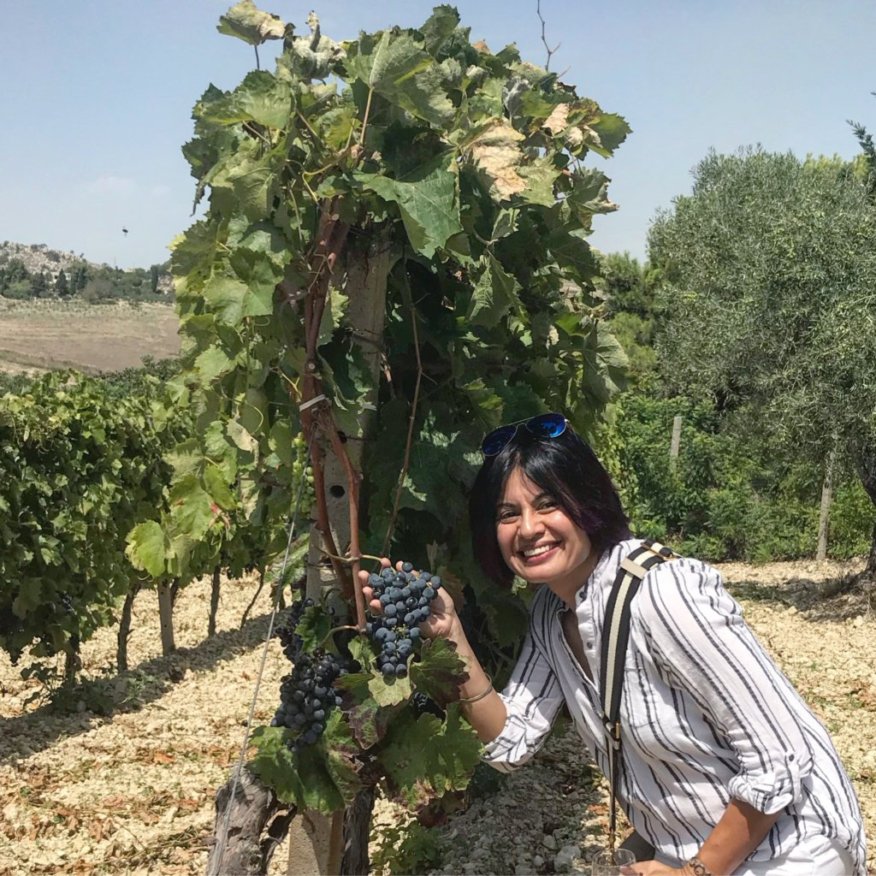
Frappato: A seductive red, brimming with sweetly scented strawberries and violets, its most typically found as a blending partner to Nero D’Avola, especially in it’s home town Ragusa in Cerasuolo di Vittora. (Not to be confused with rose wine as in Abruzzo where the local rosato is called Cerasuolo). On it’s own Frappato is an easy drinking wine on your palate and wallet that offers respite for those scorching summer days. Slightly chilled, it’s an explosion of perfume and a cheerful match for pizza and pasta nights.
Approximately 70 percent of all family-run businesses in the United States never make it to the second generation, and 98 percent to the third. Where as in the wine world, especially old world, wine business is entirely a family affair, being passed on generation to generation. Take these Tuscan super stars, whose pedigree dates back to 1200s. Barone Ricasoli – 1141, Frescobaldi – 1308, and Antinori – 1385.
Sicily is no exception. Sicilian wine world is primarily small to medium-sized companies, fully family owned and operated. Wine making is not just a labor of love and tradition, it’s a way of life, in fact the only life they know.
Donnafugata: Dreams do come true, if you dare to believe! As is the case for the trail blazers, the dauntless Rallo family who strive to elevate Sicilian wines to world-class dry and sweet (unfortified) wines with both Indigenous and international varieties.
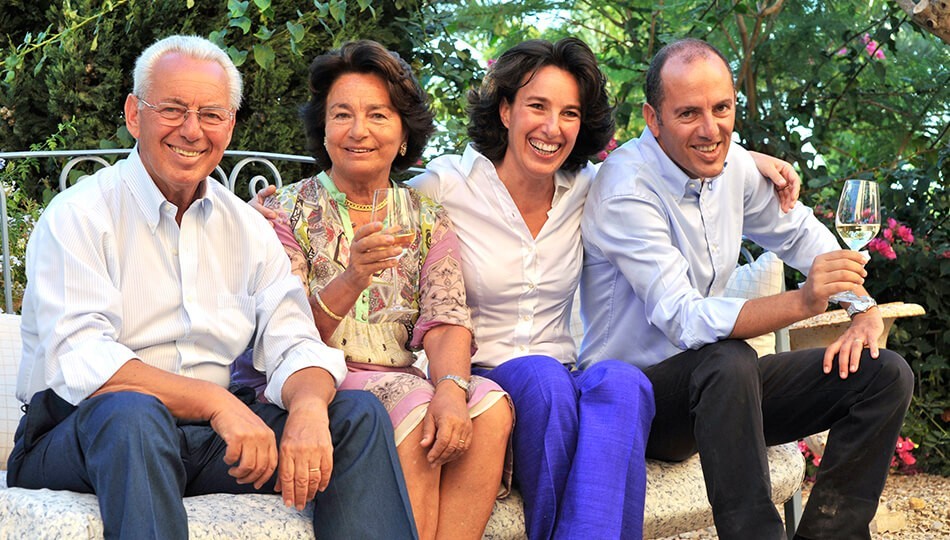
So what’s your family been up to for the last 168 years? Fast forward to 2019: the venerable house of Rallo, with 5th generation head honcho aka Sophia Loren of Italian Wine – Ms. Jose and wine maker Sir Antonio at the helm, manage 4 award winning wineries (Contessa Entellina, Pantelleria a UNESCO heritage site, Vittoria, & Etna spanning 384 hectares, planted to a perfect mix of 20 native varieties.
Add 168 years of wine making expertise, Donnafugata meticulously fabricates a kaleidoscope of sensations ranging from sparkling wine to luscious beauties dipped in honey and dried fruit from Zibbibo. Whites: Charming Chiranda (Chardonnay), perfumed Lighea (Zibbibo), lively Sur Sur (Grillo) and Prio (Cataratto). Reds: Energetic Floramundi (Nero d’Avola & Frappato), nimble Sedara (Nero d’Avola/Cabernet/Merlot), muscular Tancredi (Cabernet Sauvignon/Tannat/Nero d’Avola), & the ravishing flagship Mille e una Notte, (Nero d’ Avola blend), a project overseen by Jose & Antonio’s parents and the legendary Giacomo Tachis.
Donnafugata: Via S.Lipari 18 Marsala. Open all year around.
Ph. (+39) 0923 724 245/263.
Tenuta Gorghi Tondi – Forged from nonna’s (grandmother) love for nature, eponymous to it’s ecological sanctuary subsequently protected by WWF, Tenuta Gorghi Tondi is quickly ascending as a top estate, for sparkling to sweet styles of Sicily’s native grapes, in particular, it’s prolific versions of the multi-faceted Grillo and intoxicating Zibbibo.
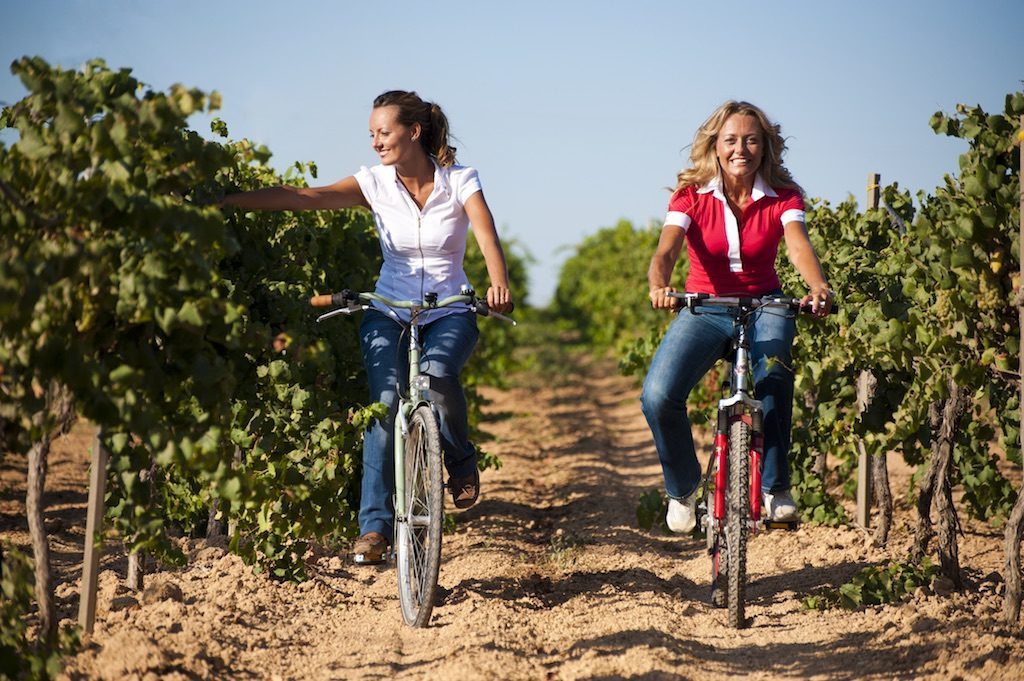
Spearheaded by the dynamic Sala sisters – Clara & Annamaria, under the guiding hand of consultant Tonnino Guzzo. organically farm their entire 130 ha estate, including their liquid gold elixir – Grillodoro, the Gucchi of Grillo. A guided vertical tasting with the erudite Tonnino Guzzo unveiled the phenomenal potential of Grillo. How different wine making regiments lends distinct aromas and structure to Gorghi Tondi wines. While young Grillo was reminiscent of Sauvignon Blanc, Bio Grillo exhibited such energy and nerve from the sun soaked Sicilian landscape, where as the flagship Khiere swaggered layers of sweet melon, roasted nuts, and honey, laced with the unmistakable twang of salinity and lingering mineral finish, that reminded us of white Burgundy. Which begs the question, we direct to Italy’s walking wine encyclopedia and our mentor Dr. Ian D’Agata. Could this protected parcel of land be the Grand Cru for Grillo?
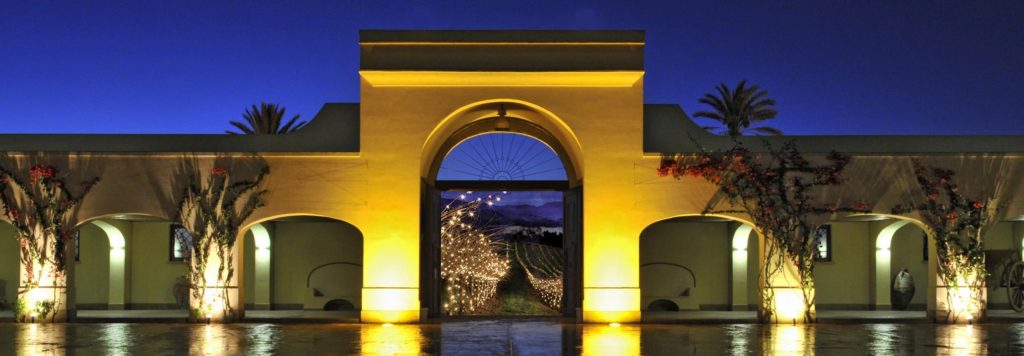
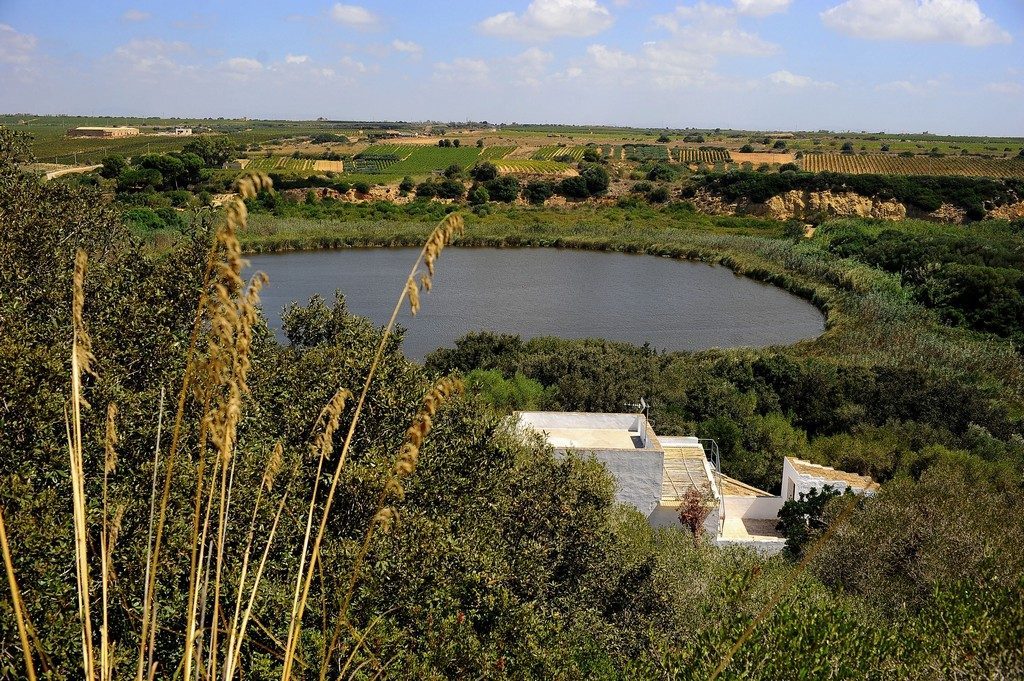
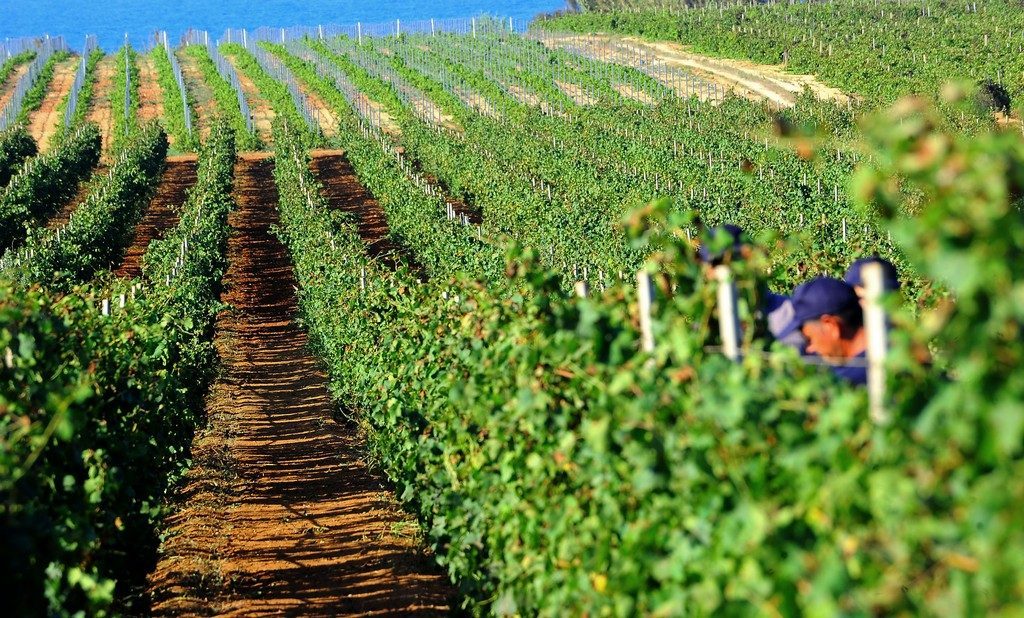
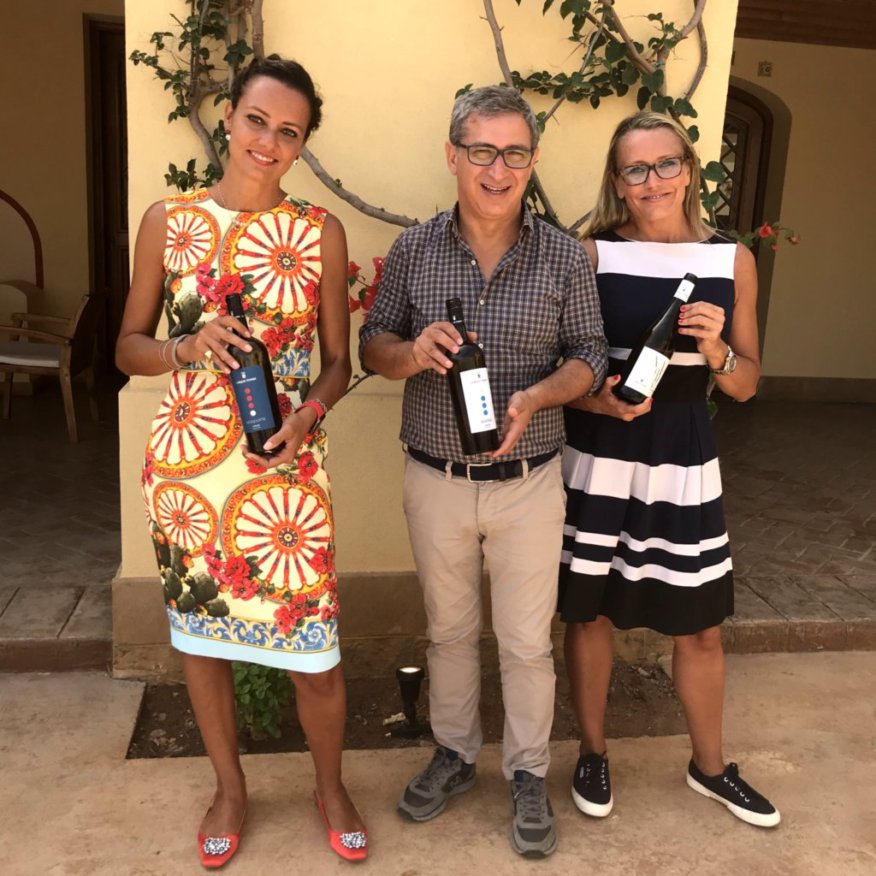
Annamaria, Tonnino, Clara.
Some of you are aware of our affection for Sherry. Imagine our glee as an obligatory walk to the cellars revealed a secret project Perpteuum (similar to Jerez’s solera system), inspired by the historical wines of Marsala. Stay tuned while we follow history in the making – a 10 yr old Grillo project to be bottled and released in 2020.
Tenuta Gorghi Tondi – 2 hours south of Palermo by car. Visits and tastings – C.da San Nicola, 91026 Mazara del Vallo (TP). Cell. (0039) 351 0930988.
Baglio di Pinaetto – Perched at 650 m elevation, in the heart of Monreale DOC, Baglio di Pinaetto’s commitment to organic farming, sustainable practices through out their 160 ha estate carpeted with vines and olive trees, natural wine production with indigenous yeasts are some of the reasons that set Baglio di Pinaetto apart from other properties in Palermo & vicinity.
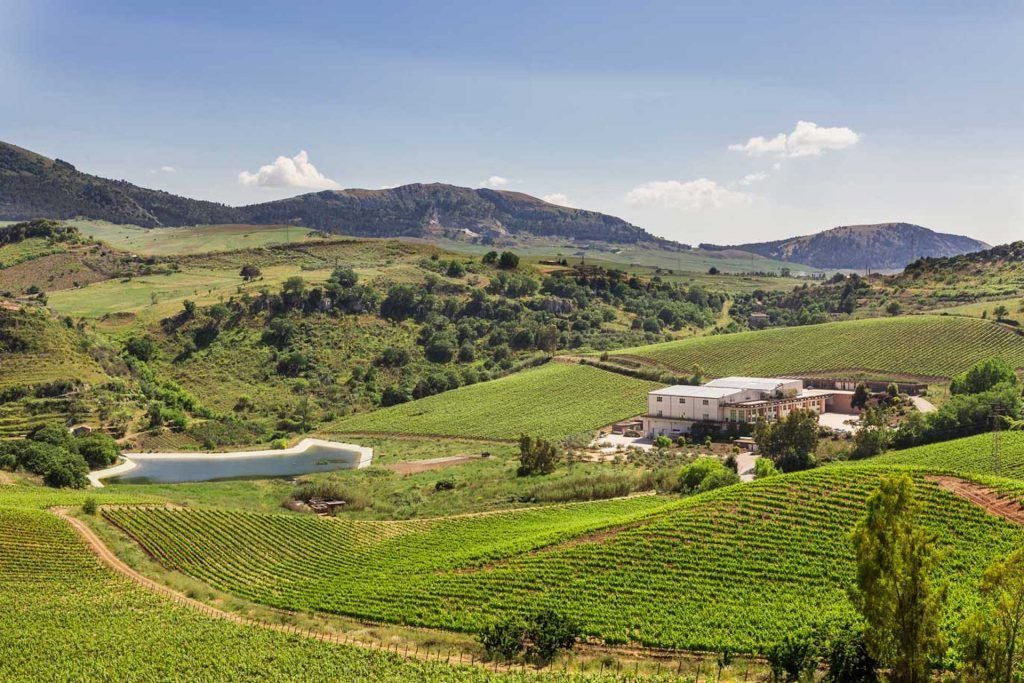
A man of few words but many talents CEO Renato de Bartoli needs no introduction. (Yes! from the champion house of De Bartoli whose father the late Marco de Bartoli gave native grapes a new life by vinifiying native grapes Zibbibo and Grillo as dry table wines). Under his leadership, the estate seamlessly marries modern technology with traditional (Insolia, Catarratto, Grillo, Nero d’Avola, Frapatto) and non-traditional grapes (Syrah, Merlot, Viogneir), to produce super entry level efforts to reserve wines, including the first plantings of Viogneir in Sicily.
The winery is also home to a hotel resort L’ Agrirelais, with an infinity pool over looking breathtaking views of Sicily’s rugged landscape, charming rooms, full-fledged kitchen including wine and food pairings, a quintessential back drop to host weddings and celebrations. Both the winery and agrirelais is owned by Count Gaetano Marzotto, the founder of Santa Margherita Wines.
Baglio di Pianetto – Via Francia, Santa Cristina Gela (PA).
0918570148. 45 minutes car drive from Sicily’s capital and largest city Palermo.
“You will never do anything in this world without courage. It is the greatest quality of the mind next to honor” – Aristotle.
Breaking traditions to lay the foundation for the future calls for colossal courage. And history is what these Sicilian stalwarts are making (and we had the honor of having front row seats). Paradigms of courage with curiosity and creativity deeply rooted in their DNA, these eminent estates are paving the path to revitalize Western Sicily’s reputation to it’s former glory, as an epicenter for high quality wine production with wines of great precision and finesse.
Sip on this: As per Assovini Siclia, an association of 90 members, 94% of the wineries swagger dedicated tasting rooms, 69% are equipped with restaurant services, and 40% furnish accommodations too. That’s enough incentive for you to start planning your next wine vacation.
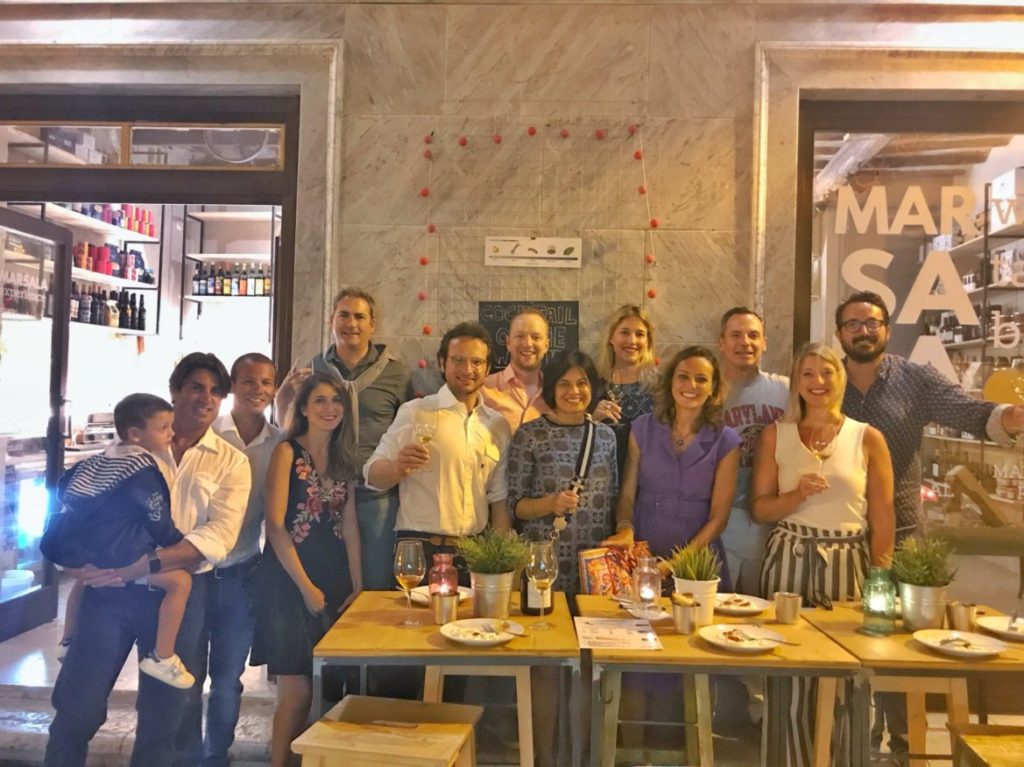
Grazie Mille to each and every member of Baglioni di Pinaetto, CVA Canicatti, Gorghi Tondi, Donnafugata, and Gran Via work family for enlightening us mortal folks to the glory, diversity, and unparalleled generosity of Sicily’s regionality via inimitable bites and swigs.
Spectacular Sicily: 1 DOCG. 23 DOC. 6 IGP. 40% organic vineyards (No. 1 in Italy for area dedicated to organic viticulture). 50% clean energy including sustainability in vineyard and wine making facilities.
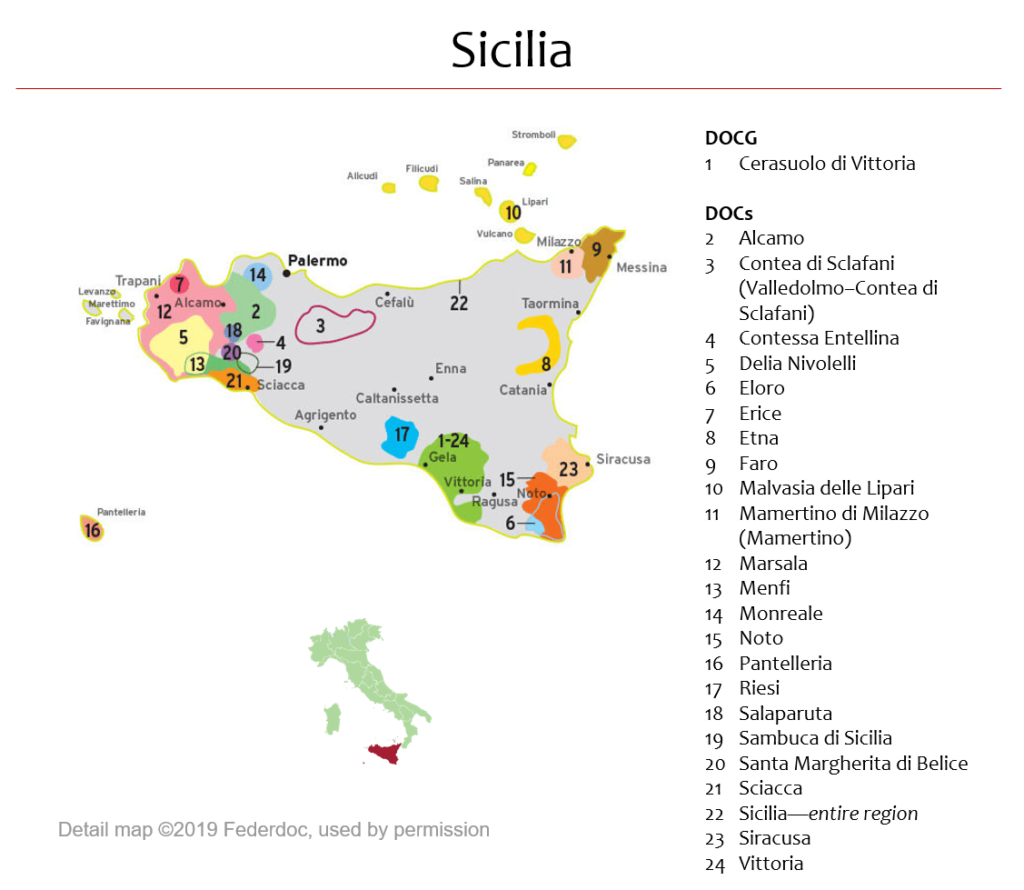
References: Native Wine Grapes of Italy by Ian D’Agata. Jancis Robinson Purple Pages, Italian Wine Central & Wines of Sicily DOC.
